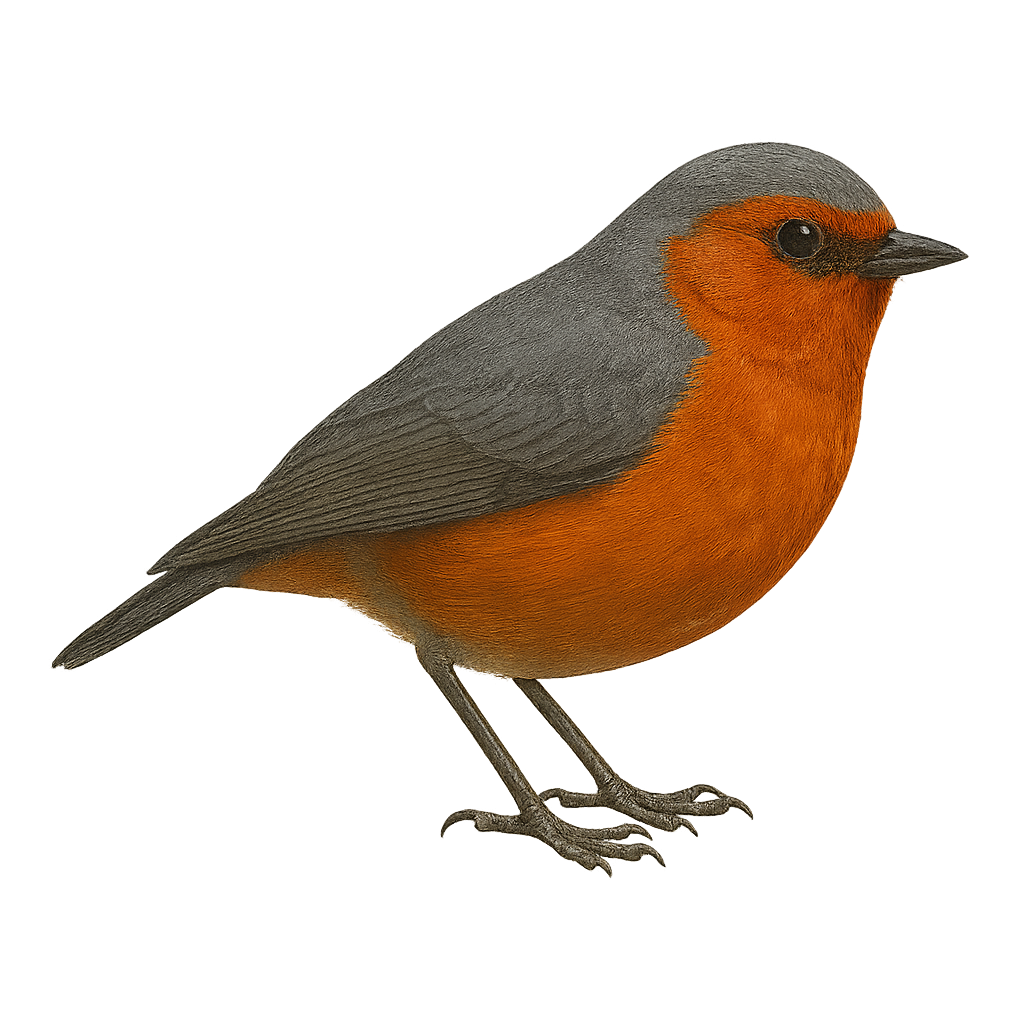Your wildlife photography guide.
Explore the bolivian warbling finch in detail, study its behavior, prepare your shots.
Where to observe and photograph the bolivian warbling finch in the wild
Learn where and when to spot the bolivian warbling finch in the wild, how to identify the species based on distinctive features, and what natural environments it inhabits. The WildlifePhotographer app offers tailored photography tips that reflect the bolivian warbling finch’s behavior, helping you capture better wildlife images. Explore the full species profile for key information including description, habitat, active periods, and approach techniques.
Bolivian Warbling Finch
Scientific name: Poospiza garleppi

IUCN Status: Near Threatened
Family: THRAUPIDAE
Group: Birds
Sensitivity to human approach: Suspicious
Minimum approach distance: 10 m
Courtship display: November to December
Incubation: 13-15 jours
Hatchings: November to January
Habitat:
Cloud forests, shrublands, high-altitude grasslands
Activity period :
Primarily active during the day, with peak activity in the morning and late afternoon.
Identification and description:
The Bolivian Warbling Finch is a bird endemic to the Bolivian Andes, known for its distinctive plumage and melodious song. This medium-sized passerine features gray and brown hues, with lighter shades on its belly. It primarily inhabits shrublands and cloud forests, where it feeds on seeds and insects. Though discreet, it is often detected by its characteristic song. Its population is currently stable, but it remains vulnerable to environmental changes and deforestation. Conservation efforts are crucial to preserving its natural habitat and ensuring its long-term survival.
Recommended lens:
400 mm – adjust based on distance, desired framing (portrait or habitat), and approach conditions.
Photography tips:
To photograph the Bolivian Warbling Finch, choose sunny mornings when the bird is most active. Use a 400mm or longer telephoto lens to capture precise details without disturbing the bird. Look for areas where the bird is likely to feed, such as the edges of cloud forests. Be patient and discreet to avoid scaring it away. A tripod can be helpful to stabilize your camera, especially in the low-light conditions of cloud forests.
The WildlifePhotographer App is coming soon!
Be the first to explore the best nature spots, track rutting seasons, log your observations, and observe more wildlife.
Already 1 430 wildlife lovers subscribed worldwide

